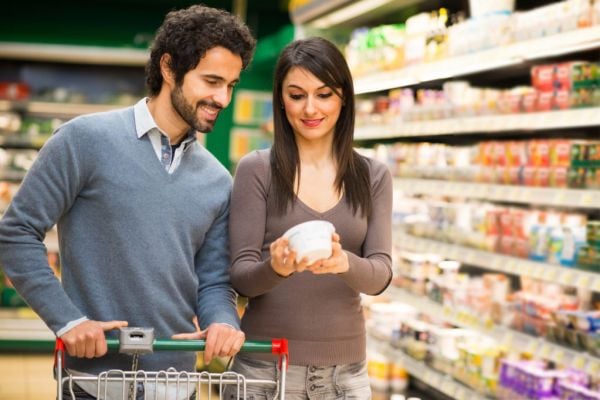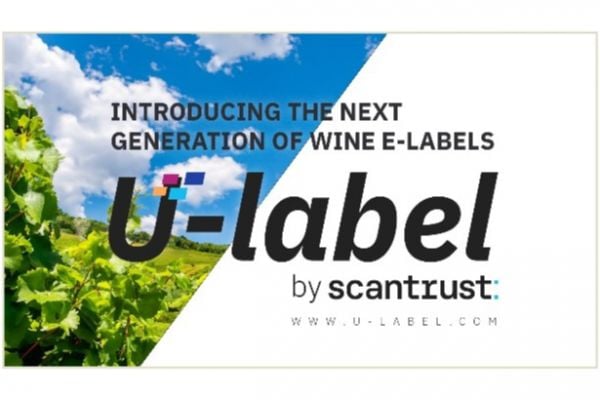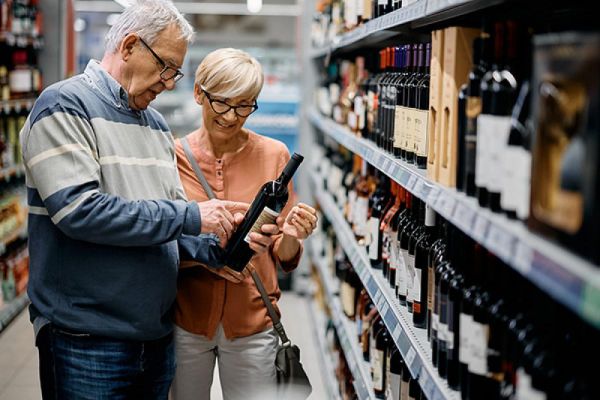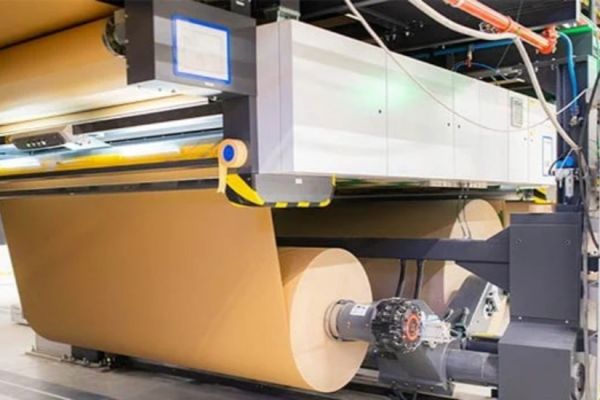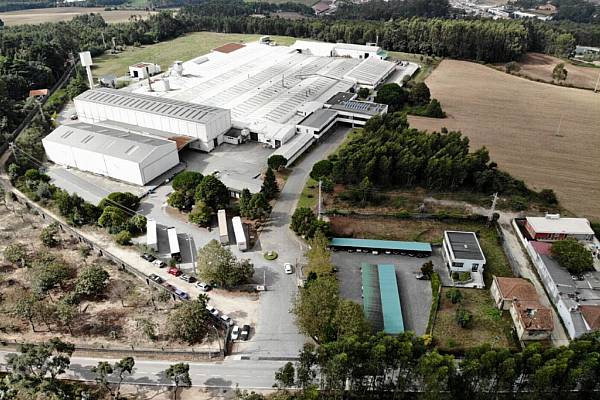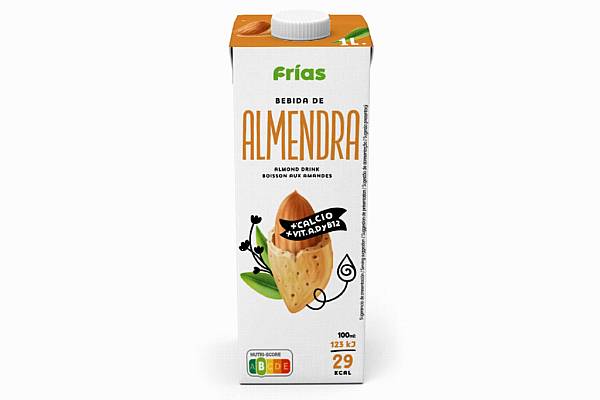Tony Perrotta and Kim McCann of PA Consulting explore how packaging and labelling transparency can play a role in changing consumer behaviour.
If you’ve ever visited a supermarket in a foreign country and purchased pre-packaged food or other items, you may have noticed that the packaging and labels look different than what you’re used to seeing.
That’s because there’s currently no standard practice when it comes to packaging and labelling around the world. Different regions and companies set different expectations, which often leads to confusion for conscious consumers who increasingly want to know everything about a product, such as where it’s made to what it contains.
Packaging and labels are a great opportunity for brands to communicate what sets them apart from others, such as using sustainable practices and materials. To reach consumers effectively, labels need to be consistent to avoid confusion.
By rethinking the role of packaging, brands can deliver on the premise of informing consumers while further adding value to the overall product experience.
Why Labelling Standardisation Matters
Conscious consumers increasingly want to know everything about a product – how it’s made, what materials are used, where those materials come from, and how to dispose of the product after use.
For packaged products, labels often provide this information, but only if consumers know how to read them. Language barriers aside, the same product may have different labels in each country it’s distributed to.
Sometimes, even different states within the same country will have different labelling requirements, as is the case in the US. Certain areas require warning labels for different materials and ingredients while others don’t, creating a gap in information depending on where a product is purchased.
Standardising text and icons would make it easier for consumers to quickly understand exactly what they’re buying, and what impacts they may have on the environment. Were the ingredients sourced sustainably? Are there any harmful or questionable materials? Can the product be recycled at the end of its life?
These are all questions that clear, effective labelling can answer. Transparency in labelling helps consumers feel more at ease making a purchase and holds brands accountable for the products they produce and sell.
While there are no global standards at the moment, and governments should get involved, businesses can take the first step by adopting new technologies and working within their sectors to advocate standardisation.
Product and packaging leaders should proactively be looking for ways to communicate more clearly with consumers via packaging and labels.
Safeguarding Product Authenticity Through Packaging
While the primary job of packaging is to keep products safe, as we’ve established it can do much more. Packaging is part of the overall consumer experience, and clear labelling, instructions, and access to information will set forward-thinking brands apart from others.
In addition to communicating product benefits and production information, packaging can confirm authenticity. Ralph Lauren is one example of a consumer brand using QR codes to track Polo clothing and ensure that the products hitting store shelves are genuine.
Septillion is a start-up focused on providing end-to-end supply chain transparency. The company incorporates metal fibres into packaging to embed unique 'fingerprints' that verify the authenticity of a product, just like those found in bank notes. The technology helps prevent counterfeiting and tampering throughout the supply chain.
These are just a few examples of companies using established tracking technology in new ways to reassure consumers that the products they’re buying are genuine and safe.
In numerous industries, including in the health and wellness space, product tampering or counterfeiting can threaten lives. Having a verifiable view of the product through the entire supply chain eliminates that risk.
Driving Circularity And Eliminating Waste Through Digital Labelling
The circular economy is a concept in which instead of producing, consuming, and then throwing away products at their end of life, waste is reused or recycled. Modern printing techniques and programmes enable labelling to be much more sustainable, and even circular.
Digital labelling reduces waste by allowing for smaller print runs and eliminating printing plates, cylinders, and other components associated with conventional print techniques. Brands like HP go a step further with take-back programs that reuse and recycle spent printing supplies.
But digital labelling isn’t the only way brands are using packaging to reduce waste; new food packaging technology can alert users to spoilage, and also let them know when food is getting close to its expiration.
By letting consumers know which foods they should prioritise eating based on sell-by dates and food safety, brands add value, create more positive experiences, and reduce waste. Tactile digital labelling is an extension of this update and allows visually impaired users to know when food has spoiled through the physical feel of packaging.
This is yet another way packaging drives changes in consumer behaviour and does so with inclusion in mind.
Creating Frictionless Consumer Experiences
Current labelling is confusing. Global label standardisation will improve consumers’ ability to read and understand labels, but will likely be slow to adopt from a regulatory standpoint. Instead, companies should take an active role within their own sectors to standardise packaging and labelling in ways that drive positive, sustainable consumer behaviours.
Design packaging and labels in ways that communicate value, promote sustainable practises, and instil trust. New technology makes that easier than ever, but only if leaders apply that technology within their own companies.
Tony Perrotta is a sustainability expert, and Kim McCann is an industrials and manufacturing sustainability expert at PA Consulting. For more information, visit www.paconsulting.com/industries/consumer-and-retail
© 2021 European Supermarket Magazine. Article by Tony Perrotta and Kim McCann, PA Consulting. For more Packaging news, click here. Click subscribe to sign up to ESM: European Supermarket Magazine.
